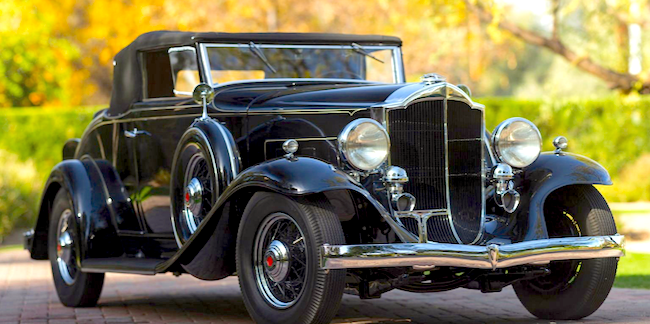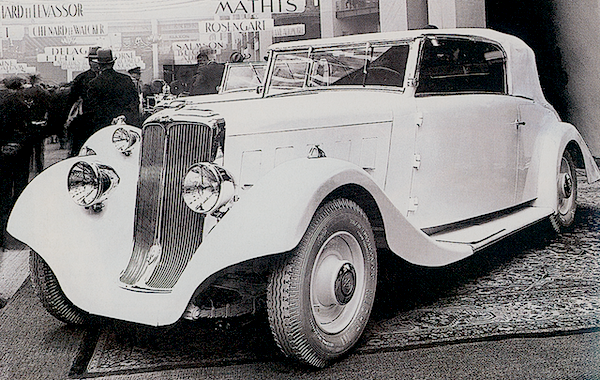It deals with the Nash Rambler compact car's 1953 facelift and 1954 addition of four-door sedans and sation wagons whose wheelbases were 108 inches (2743 mm), up from the 100 inches (2540 mm) on previous Ramblers.
While examining photos of 1953 and '54 Ramblers I noticed similarities to full-size Nashes that I hadn't been aware of. It looked like those Ramblers were given some sheet metal from the larger Nashes.
Could that have been true?
Perhaps some retired American Motors employees would know. Or maybe there are archived records dealing with the creation of the new styling. Then again, somebody who does car restorations might know. Or a Nash enthusiast.
Since I don't know for sure, the best I can do is present some photos for your consideration. Unless noted, images below are either factory sourced or are of for-sale cars.
1951 Nash Rambler Country Club hardtop - Barrett-Jackson Auctions photo
This is the Nash Rambler hardtop coupe's original design.
1953 Nash Rambler Country Club hardtop
The 1953 facelift left the passenger compartment greenhouse untouched aside from the lower part of the windshield. Major changes included higher, longer fenders, a lower hood, and new front end styling. It's hard to see here, but the door handle and key lock positions have changed.
1955 Nash Rambler 4-door sedan
1954 four-door Ramblers had the typical covered front wheels. But after George Mason's death (he was a fan of covered wheels), George Romney approved conventional wheel openings. Compare this photo to the image below. Note the sculpting below the side windows on both cars. That sculpting appeared on the redesigned 1952 Nashes, but not on Ramblers until '54 four-door sedans and station wagons appeared with that detail.
1952 Nash Ambassador 4-door sedan
1953 Nash Rambler Country Club hardtop
Now for some door comparisons. The door on this hardtop is all-but-identical in outline below the beltline to that of the two-door Nash below. Especially note the lower cutlines and cutlines of the rocker panel below. Also the form and positioning of the door handle and key slot.
1952 Nash Ambassador Custom 2-door sedan
1955 Rambler 4-door sedan - unknown source
The doors on this Rambler are similar to those on the four-door 1954 Nash Ambassador in the next photo. The main difference is that they are less wide. Also compare the C-pillars and aft segment of the adjoining windows. Once difference is that the Ambassador's windshield is raked back more than the Rambler's.
1954 Nash Statesman 4-door sedan
1954 Nash Ambassador 4-door sedan - publicity photo
I looked for, but didn't find a picture of a Nash and Rambler together, so as to see if the distance from the bottom of the body to the beltline was the same. However, this photo and the following one indicated that indeed the lower body sides are the same height, and might well use the same basic metal stampings.
1955 Hudson Rambler station wagon - publicity photo
Get a ruler and measure the distances from the lower body edges to the beltlines. Then measure the height on the models standing by the doors (they're probably within an inch or so of the same height. Computing the ratio of the door heights to the model's heights, you should get something on the order of 3/7, or 43 percent.
Conclusion? The evidence presented above strongly suggests that Nash saved some tooling expenses by making use of some full-size Nash bodywork when 1953 Ramblers were facelifted and then augmented for 1954.





























































